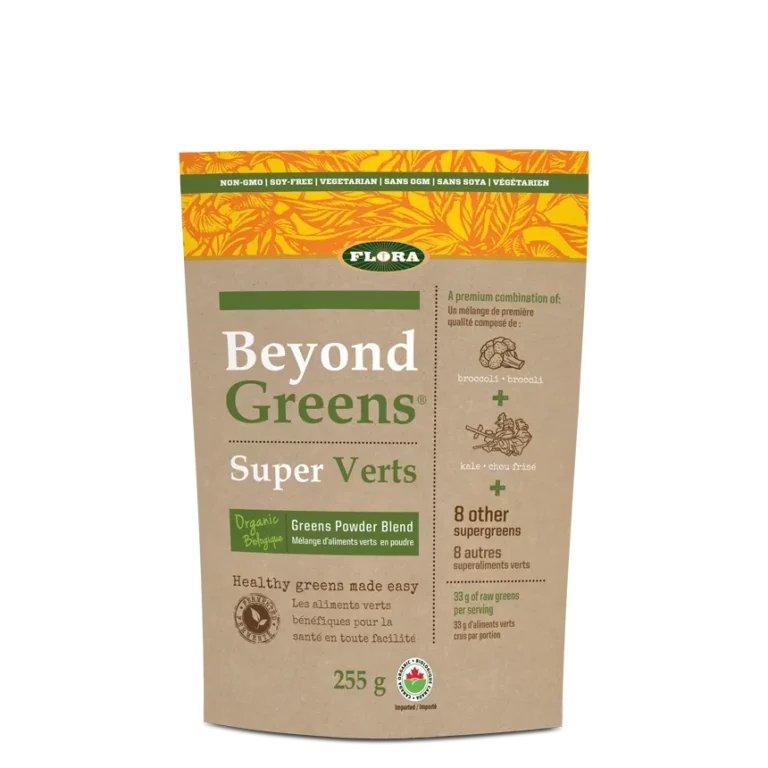Scientific Names o Barley Grass:
Hordeum vulgare L. [Fam. Gramineae]
Forms:
Cut and dried or powdered barley grass; barley grass juice powder
Traditional Usage:
– Anti-aging
– Antinflammatory
– Antioxidant
– Antiviral
– Avitaminosis A, B, C, E
– Bone and Joint Problems
– Cankers
– Cellular Regeneration
– Chlorophyll Source
– Cleansing
– Colitis
– Convalescence
– Detoxifying
– DNA Repair
– Duodenal Ulcers
– Digestive Disorders
– Energy Enhancing (chi)
– High Cholesterol
– Immune System Support
– Immuno-inflammation Inhibitor
– Mineral Deficiency
– Nutritive
– Skin Problems (externally)
– Ulcers
– Ulcerative Colitis
– Vitamin Deficiency
Overview:
Barley, Hordeum vulgare L. [Fam. Gramineae], is widely used in human foods, animal feeds and livestock forages around the world. The use of barley for food and medicinal purposes dates to antiquity. Paleobotanists place this ancient cereal grass as being cultivated as early as 7000 BC. Roman gladiators ate barley for strength and stamina. In the West, barley was first known for the grain it produces. Barley grass is rich in calcium, iron and many other minerals, all the essential amino acids, chlorophyll, flavonoids, vitamin B12, Vitamin C, plus enzymes. Green barley juice is said to contain 11 times the calcium in cows’ milk, nearly 5 times the iron in spinach, 7 times the vitamin C in oranges, and 80 mg of vitamin B12 per hundred grams. Barley greens are also rich in beta-carotene, vitamins B1, B2, B6, folic acid, and pantothenic acid. As such, barley grass juice can be used to treat avitaminosis. Barley grass juice is also used medicinally to heal stomach and colon disorders, duodenal ulcers, ulcerative colitis and is an effective anti-inflammatory. A biologist named Yasuo Hotta from the University of California, La Jolla, found in barley grass a substance called P4D1. This substance not only has strong anti-inflammatory action but also was shown to repair the DNA in the cells of the body. This aided in the prevention of abnormal growths, aging, and cell death. He reported in a Japan Pharmacy Science Association meeting that P4D1 suppresses or cures pancreatitis, stomachitis, inflammation of the oral cavity, and dermatitis, and also lacerations of the stomach and duodenum. He found that barley juice is much stronger than steroid drugs but has fewer if any side effects. Barley grass is also extremely rich in antioxidants, including tocotrienols and one powerful antioxidant called tricin. Barley also has antiviral activity.
Active Ingredients:
Barley grass greens contain: Approximately 88.3% water; 0.33% ascorbic acid; 6.1-23.5% ash; 1,4-benzoquinone; 0.08-0.1% calcium; the antioxidant, tricin; flavonoids including aesculetin, aesculin, apigenin, cyanidin, procyanidins and prodelphinidins; catechins; saponins; palmitoleic acid; organic acids including P-oxybenzyoic acid and P-oxycinnamic acid; 8.3-24% pentosans; steroids including beta-sitosterol and stigmasterol; carbohydrates; 13-46% fiber; 1.9-6.4% fat; vitamins A, B1, B6, B12, C, E, and K; pectin; methylesterase; and coumarin.
Nutrients per 3.5 grams (1 tsp. powder) (proximates): Protein 800 mg; crude fiber 600 mg; Calories 10; chlorophyll 19mg; carbohydrates 1.3g; Vitamins: Vitamin A 1750 I/U; Vitamin K 280 mcg; Vitamin C 11mg; Vitamin E 1.1mcg; Thiamin 10mcg; Choline 1mg; Riboflavin 71mcg; Vitamin B-12 1mcg; Niacin 263mcg; Pantothenic acid 84 mcg; Biotin 4mcg; Folic acid 38mcg. Amino Acids: Lysine 29 mg; Histidine 16 mg; Arginine 39 mg; Asparatic Acid 78 mg; Threonine 37 mg; Glutamic Acid 33 mg; Glycine 41 mg; Alanine 48 mg; Valine 44 mg; Isoleucine 31 mg; Leucine 57 mg; Tyrosine 18 mg; Phenylanlanine 38 mg; Methionine 15 mg; Cystine 8mg; Trytophan 4 mg; Amide 10 mg; Purines 2 mg; Serine 85 mg. Minerals: Calcium 18mg; Phosphorus 18 mg; Potassium 112 mg; Magnesium 3.6 mg; Iron 2 mg; Manganese 0.35 mg; Selenium 3.5 mcg; Sodium 1 mg; Zinc 17.5 mcg; Iodine 7 mcg; Copper 0.02 mg; Cobalt 1.75 mcg. Barley grain contains 67% carbohydrates and 12.8% protein.
Suggested Amount:
The daily dose of barley grass juice powder is 5-10g mixed with water or juice three times daily. The liquid extract (1:1 in 25% alcohol) is taken with the dosage of 5-10ml three times daily.
Drug Interactions:
None known
Contraindications:
None known
Side Effects:
None known
References:
Cremer L, Herold A, Avram D, Szegli G. 1996. Inhibitory capacity of some fractions isolated from a green barley extract upon TNF alpha production by the cells of the THP-1 human monocytes line. Roum Arch Microbiol Immunol. 1996 Oct-Dec; 55(4): 285-94.
Duke JA. 1992. Handbook of Phytochemical Constituents of GRAS Herbs and Other Economic Plants. CRC Press, Boca Raton, FL, pp. 293-295.
Kanauchi O, Iwanaga T, Mitsuyama K. 2001. Germinated barley foodstuff feeding. A novel neutraceutical therapeutic strategy for ulcerative colitis. Digestion. 2001; 63 Suppl 1: 60-7.
LeVasseur SA, Helme RD. 1991. A double-blind clinical trial to compare the efficacy of an active based cream F14001 against a placebo non-active based cream for the treatment of pressure ulcers in a population of elderly subjects. J Adv Nurs. 1991 Aug; 16(8): 952-6.
Mitsuyama K, Saiki T, Kanauchi O, Iwanaga T, Tomiyasu N, Nishiyama T, Tateishi H, Shirachi A, Ide M, Suzuki A, Noguchi K, Ikeda H, Toyonaga A, Sata M. 1998. Treatment of ulcerative colitis with germinated barley foodstuff feeding: a pilot study. Aliment Pharmacol Ther. 1998 Dec; 12(12): 1225-30.





